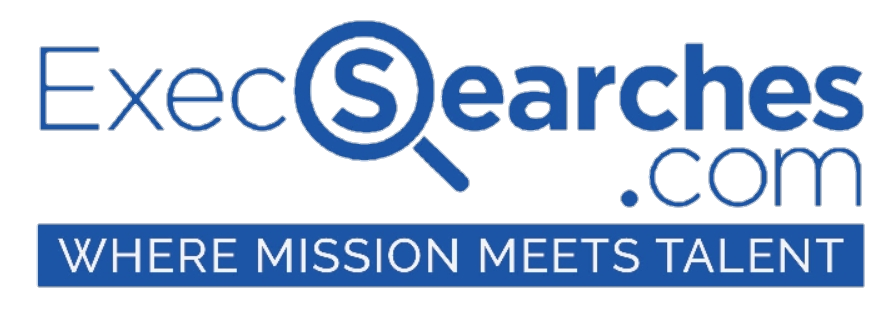People often adopt a myopic attitude at work. They focus on what they, themselves, need to do, lock themselves into their own universe and are often blissfully unaware of the impact they have on other team members or stakeholders. Communications are scattered via cyberspace, and electronic noise proliferates while human voices grow silent. Unity, community and alignment are increasingly difficult to achieve.
How can you get your organization to feel “whole” and your people to want to contribute their best efforts to furthering your organization’s goals?
Try the 5 P’s.
Purpose
This goes deeper than just “Goals and Objectives”. People work with varying degrees of diligence to accomplish the goals and objectives outlined in a strategic plan or handed down by a manager. But, to really buy into the purpose of their work, they need to see the links between what they do on a daily basis and the big, organizational goals. This isn’t always completely clear, so it’s your job as an employer to help connect the dots between the two.
More important than intellectually understanding their work, employees have to care about it if they are to rally behind the organization and its goals. If this spark is ignited, people will want to participate by contributing their time and talent to solving problems and furthering objectives.
There is a cognitive element to inspiring others in that, as an employer, you have to help employees understand the business or market realities of your organization including financials and competitive intelligence. There is also an emotional element to this equation; those working for the organization must have something that connects what is personally meaningful to them about the products, services, culture or mission of the organization. Once people connect the organization’s goals with their internal worlds and understand why their individual work and efforts matter, they will buy in.
Plan
To be particularly productive, people need a sense of structure. They need to clearly understand who is responsible for what, when tasks are due and what they are expected to deliver. They need to grasp whom their actions affect. They need a road map outlining where they are now and where they are headed. Once these issues are outlined, give your employees the freedom to plan for themselves how to best accomplish the tasks at hand (as long as they know they will be both supported and held accountable).
Process
It is often taken for granted that people will work well together, and if often comes as a surprise when there is conflict or inefficiency in the workplace, both of which are counterproductive to working toward the organizational goals. Take time to establish basic ground rules so everyone knows the expectations of their behavior and their productivity. By doing so, much annoyance and even heartbreak can be avoided. Have people decide together what kinds of behaviors are and are not acceptable, desirable and necessary. Have processes in place to help deal with conflict and increase efficiency. For increased effectiveness, be clear about who is invited to meetings, who is cc’d on emails, what meeting agenda will be covered and what documents will be shared. For those who work virtually, it is even more worthwhile to spend time designing processes to enable better working together as this investment always reaps great rewards.
People
It’s a funny thing that organizations generally encompass a straight-forward, focused mission but are comprised of a whole variety people, each having a different style of working, communicating, seeing the world and responding to it. Helping people recognize their own skills, strengths and preferences is a good starting point for a successful organization; enabling them to harness the talents of others for the general good is the secret to a more engaged, motivated and committed workforce. Employers who take time to develop “soft” skills – the two most effective being better listening and real-time constructive feedback – will allow people to build relationships, to express their “authentic” selves at work and to accomplish their work while enjoying it.
Practices
Predictable practices are how culture is created. When leaders model best practices, those practices get “baked” into the DNA of the team or the organization. When you repeat ways of doing things that have proven effective over time, you will be surprised to see how small details can have major, long-term impacts on performance.
Fredia Woolf, founder of Woolf Consulting, blogs to help people improve their workplace effectiveness and optimize their careers. As an organizational consultant and leadership coach, she works with clients to increase insight, inspiration and impact. She can be reached at fwoolf@woolfconsulting.com.
Last updated on November 10th, 2010 at 03:22 pm

0 Comments